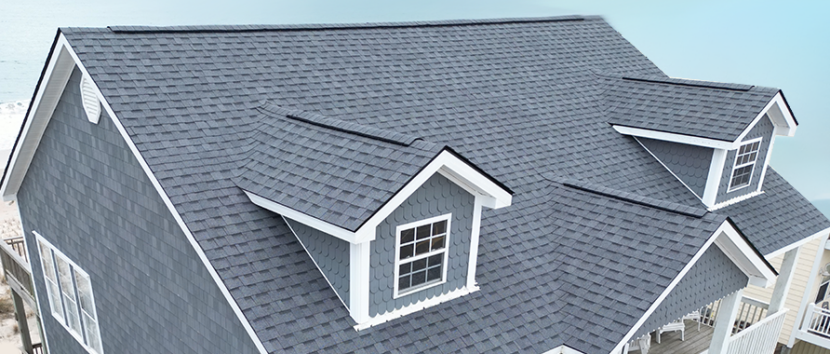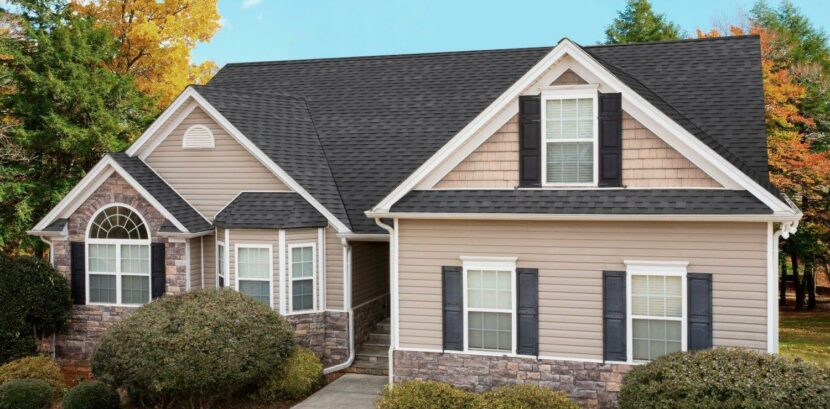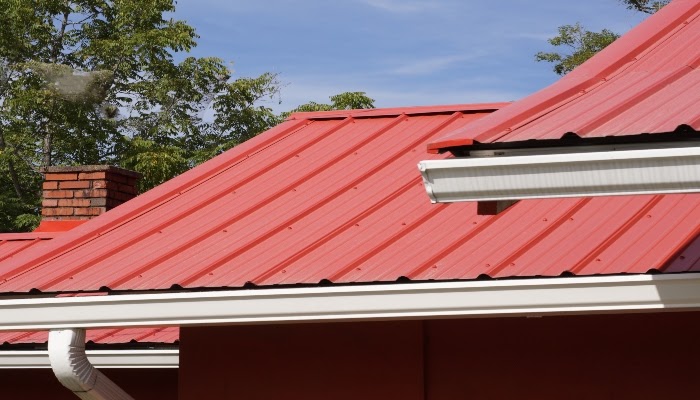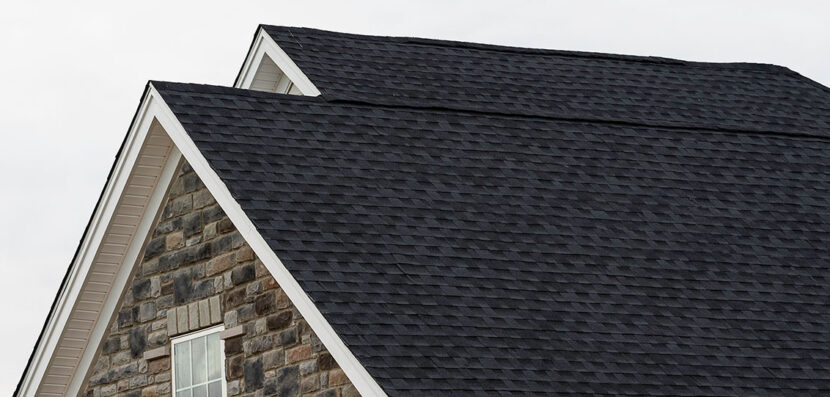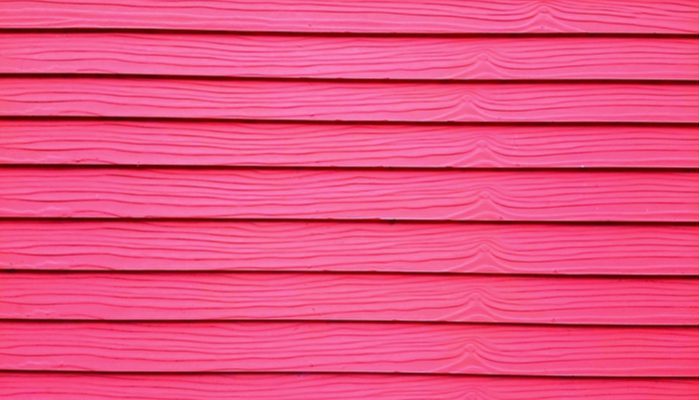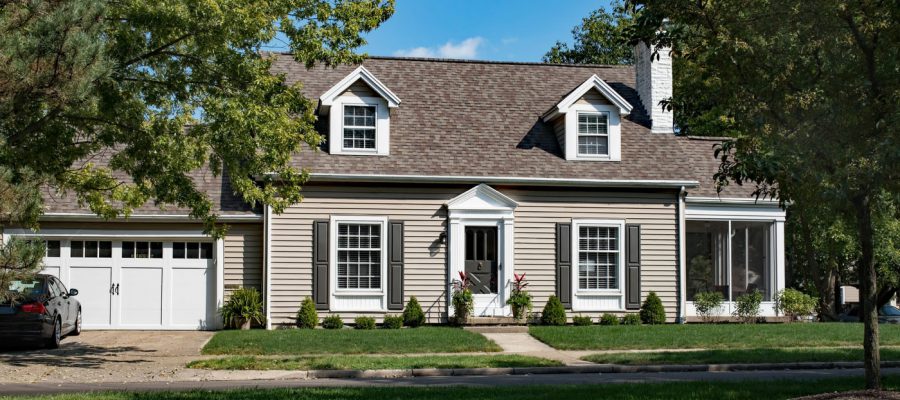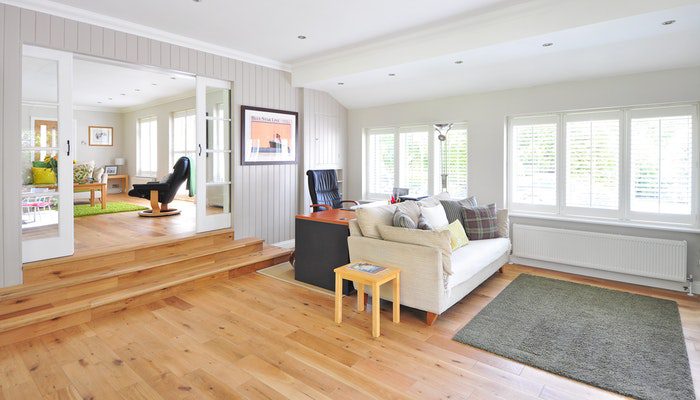How to Spot Rotting Wood on Your House
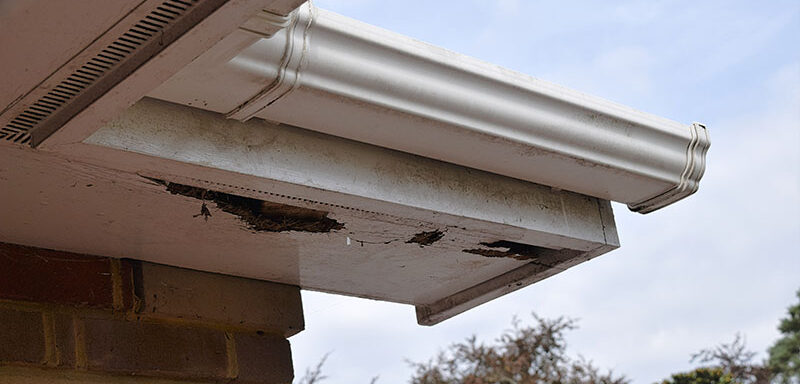
Rotting wood is the first domino in a potentially catastrophic deck. Once the first tile’s been tipped over, it’s only a matter of time before the rest fall. Decay eventually spreads to all the wooden structures of your home, ultimately compromising its structural safety.
Dry rot is the most hazardous species of fungal decay due to its capacity to digest any surface it touches. While it doesn’t produce compounds that are universally toxic, the dampness and condensation it fosters can worsen underlying health conditions like asthma. If you have infants or elderly residents in your home, mycelium is particularly dangerous. If left too long, rotting wood will eventually cause structural collapse, so the only valid response is a swift one.
What does rot on wood look like?
Dry rot is a fungal growth with its own lifecycle. It’s usually caused by mycelium, which is a fungus that initially presents as a fine, white layer. Look for a light grey skin with lilac and yellow patches. You’ll also see brittle strands and signs of red dust from spores.
Cobweb-like layers are another distinctive sign. Once rot has reached the end of its lifecycle, fruiting fungal bodies will begin to sprout. At its most evolved, it will form a thick, mushroom-like layer over your bricks and mortar.
You can also identify an early infestation by the state of your wood. An infested surface will become brittle and crumbly. The timber itself may crack and shrink. If your flooring is affected, it might creak and lose its weight resistance. Mycelium is difficult to spot on masonry.
It forms a thin, white, powdered layer late in its lifecycle, so it’s best to treat all your brickwork if you spot dry rot in your wooden structures.
How to identify other forms of rot
Mycelium might be the most destructive rot, it’s by no means the only one. There’s a wide range of infesting fruit bodies that can affect your wood:
- Brown rot softens and yellows wooden surfaces, giving them a shiny sheen that eventually transforms into a yellow-brown mass.
- Merulius lachrymans is particularly common in damp wood. It forms a shiny yellow or lilac surface that causes wood to crumble into powder.
- Lenzites trabea is another brown rot that attacks wood preservatives. It has a large orange-to-brown fruiting body.
Not all rot is caused by a fungal infestation. Wet rot occurs when your wood is exposed to excessive moisture from roof defects, leaks, or penetrating damp. The signs are quite similar to those of dry rot. Your wood will shrink, darken, and become spongy. It may also form a secondary fungal infestation that creates a yellow patch over your wooden surfaces.
How do you find decaying wood?
Wood decay softens surfaces, so they usually feel spongy to the touch. It also darkens timber and may feel slightly damp. If you can sink a metal blade more than an eighth of an inch into your wood surfaces, you probably have an early infestation.
Look for wood that’s visibly shrunk back from surrounding surfaces. Decayed wood loses its density, so it tends to shrink when it dries. Advanced decay presents itself as spongy, pitted, or stringy.
Mycelium travels through brickwork, masonry, and wood, so it’s not enough to assess the state of your wood alone. It also tends to hide beneath floorboards and masonry, so a visual inspection needs to include more than just your visible structures.
The first sign of an infestation is often the scent, but this can vary depending on the species of wood it infects. In general, dry rot smells muddy, musty, or damp. In some cases, it gives off a mushroom-like odor.
How to fix rotted wood
Dry rot needs only a few spores to germinate, so clearing an infestation requires you to remove every hint of fungal infection. If you’ve caught the problem early, a stiff brush might be all that’s required. Simply remove surface growth with a little elbow grease and an antifungal treatment. If the problem has penetrated below the surface, no amount of scrubbing will work.
You might have to remove entire structures, including flooring, beams, and joints. The affected masonry should also be isolated and contained.
Rot can only affect damp surfaces, so no containment strategy is complete until you’ve removed the source of your leak. This could mean treating rising damp, repairing roof leaks, and improving ventilation. Once you’ve scrubbed away all signs of fungal growth, it’s time to sterilize your masonry with a fungicide.
Dry rot is a common cause of timber failure all over the world. It spreads at a rate of 80 millimeters a day. That terrifying pace demands an extreme, urgent response. The sooner you act, the less you’ll lose, so treat all rotting wood with the urgency it demands.
Need help with a window, roofing or siding project? Schedule a free estimate with 1-800-HANSONS today.
Get a Free Estimate Today
60% off installation. Special financing available. See details.

